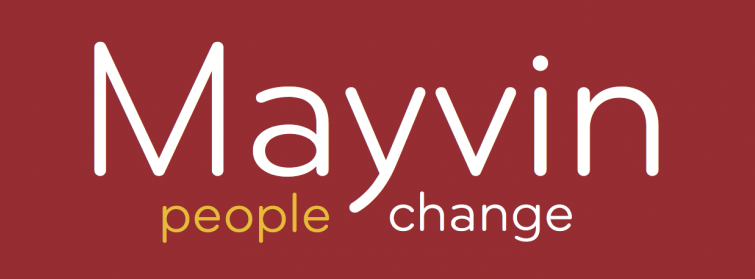Mayvin's Tony Nicholls illustrates how, when it comes to doing OD & D for real in organisations, OD models, tools and techniques are not enough: people matter too.
What does it mean to do OD & D for real in organisations? When working with clients, I often find myself in conversations about why change remains so hard to achieve despite everything we know as OD practitioners about paying attention to “the people stuff”.
With one group, I devised an intervention that helped this challenge in more detail. We’ve used the same process at Mayvin a few times now. We have even added it as a core element to a new Organisation Design and Development capability development programme.
This intervention challenges the idea that the application of models, tools and techniques focused on the people-side of change automatically makes the delivery of change any easier or any more successful.
The Brown Paper Exercise
Imagine a long piece of brown paper, about a metre wide and five metres long, laid on a group of tables placed end to end. Now imagine yourself in a group of people huddled round the paper. I ask you each to take a marker and note on the brown paper all the models, tools and techniques you use or know of that support the delivery of change. This would include both the delivery of process change and the associated “people stuff.”
Within a few minutes, the paper is brimming with words and images. Dozens of models, tools and techniques are mapped out, representing decades of best practice development.
At this point I ask you a question: “If we have at our disposal so much know-how and so many tools and techniques to support us, why does change remain so difficult?”
The answer is the same every time and is always spoken with gritted teeth and with a certain level of resignation: “The people!”
To emphasise this, I ask you to turn the brown paper over. On the underside I ask you to note every reason change is difficult to deliver. This time the activity is more frenetic and more than a little cathartic.
After five more minutes the underside of the brown paper is covered in the “people stuff”, from change fatigue to politics, from budget holders to empire builders, from engagement to culture and everything in between.
I ask you to turn the brown paper back over to bring the models, tools and techniques to the top. You are invited to imagine the top side of the brown paper as what goes on above the surface in organisations where management tools are applied in service of getting work done.
Now, imagine the underside of the brown paper as representing what goes on below the surface whenever human beings come together. It represents the messiness of human interaction that results in the often unintended individual and collective resistance to change.
I continue the discussion: “Given we know what goes on below the surface and we have well-researched know-how and activity going on above the surface to help tackle it, why do so many organisation still struggle with change? Maybe the answer lies in how these tools are being applied? Maybe there are missing models, tools and techniques?”
When change goes well
I pause to point out that in every organisation change does happen and that, whilst never painless, to varying degrees it is successful. This leads to the conclusion that in organisations where change is being delivered successfully, somebody, somewhere is attending to what goes on below the surface.
This somebody could be a change practitioner or other professional versed in the models, tool and techniques mapped onto the surface of our brown paper. It could also be somebody, such as a CEO, operational manager or team member, with limited or no knowledge of these models, tools and techniques.
The missing ingredient
The conclusion we can draw is that the application of these management methods doesn’t guarantee success. There is an additional ingredient needed.
This ingredient is the individual and how they show up. It is how they apply these models, tools and techniques or how they embody them at a subconscious level as an innate ability.
In Organisation Development language we speak of the Self as Instrument and the Use of Self. At Mayvin we speak of 'doing OD for real'. This is a mindset and associated set of capabilities that successful change agents demonstrate in supporting change.
We see this mindset and capabilities as “What you bring”, individually or collectively as a team. It is where we focus our attention when working with clients to develop their capability to successfully shape and deliver change.

